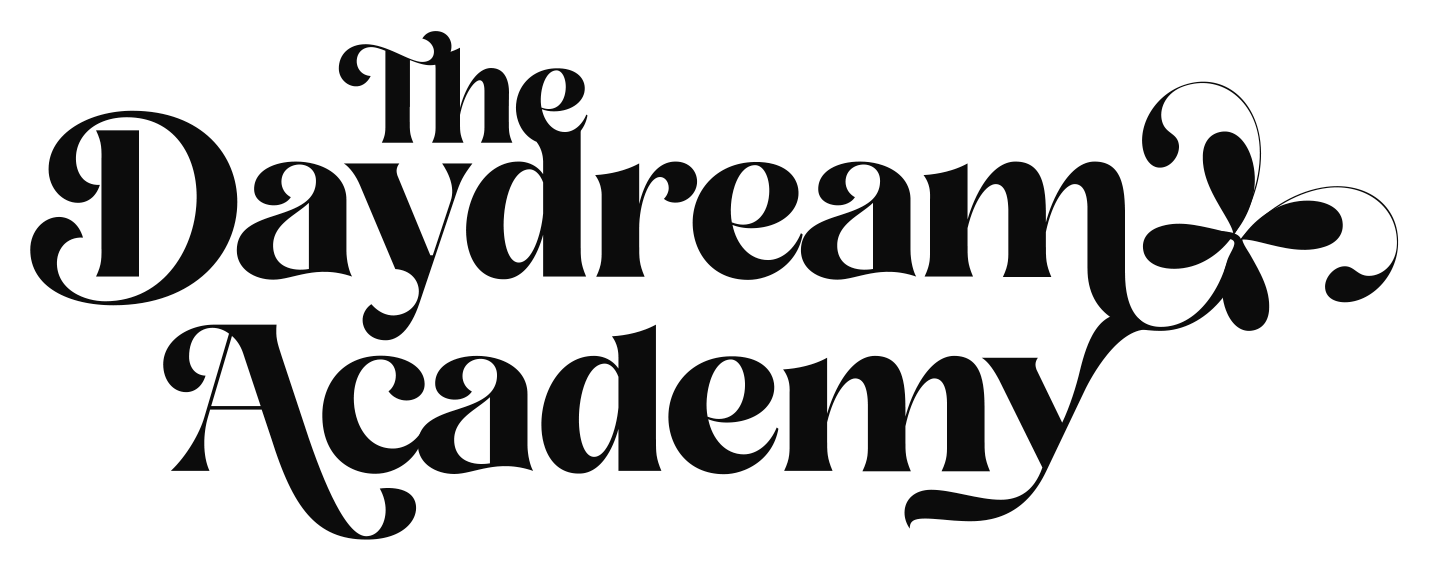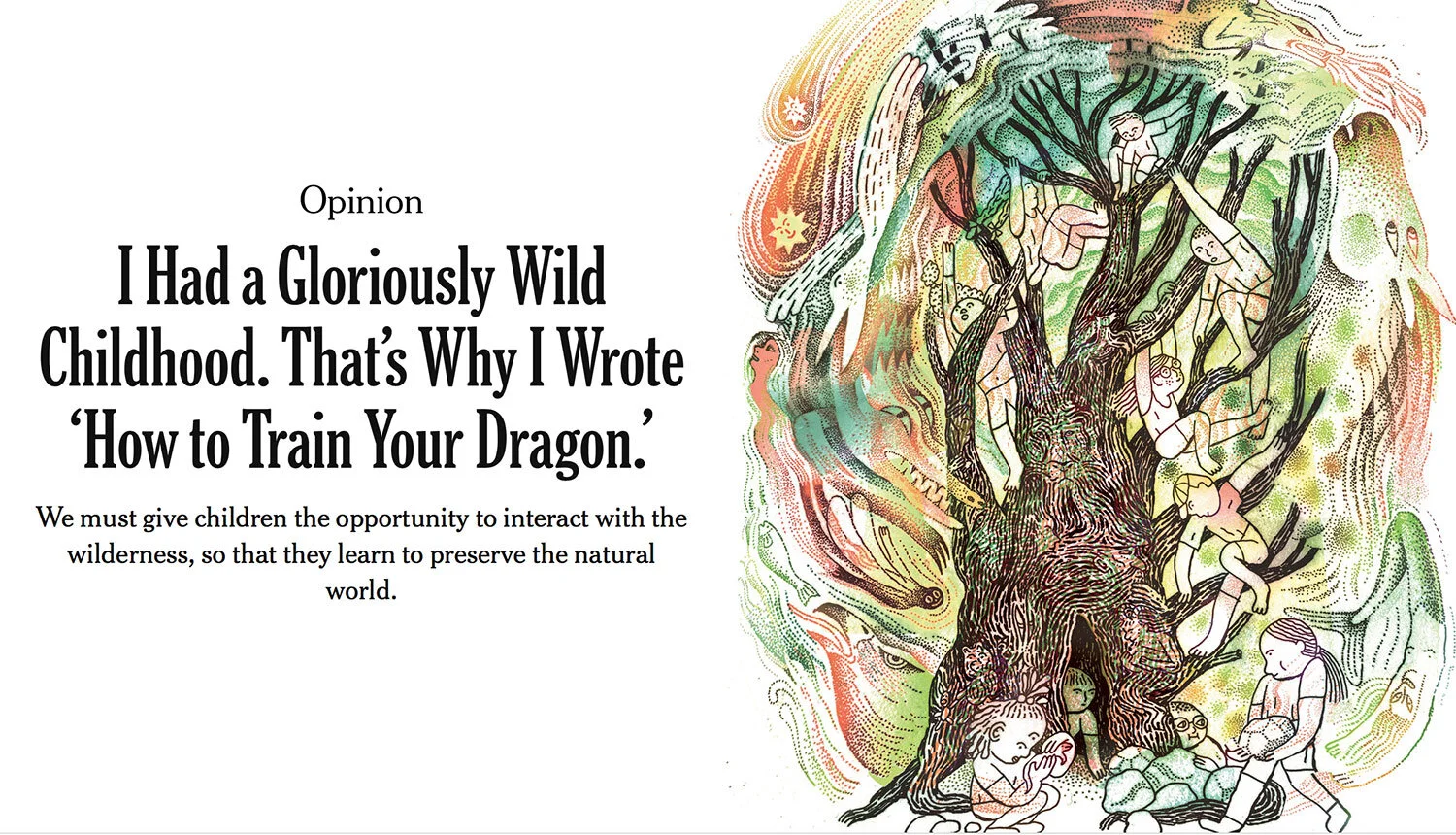Children must be allowed to interact with nature and learn to preserve it
As a child, I loved nothing more than to free-roam my local area in the ’70s, to explore and be inspired. Newcastle-under-Lyme is a large town in North Staffordshire, in the UK, surrounded by pockets of greenery, with rolling countryside and woodlands just a few minutes drive in each direction. Back then, there were many secluded walks to be had that weaved past houses, that leaked out into open grass fields and parks and carried on through treelined walkways.
These were my daydream spaces where I could drift off into fantasy. I’d wander for hours, sometimes into derelict sites, down closed railway lines, down the sides of warehouses or offices that had hedged verges or follow streams, waterways and canals. I’d collect stones, acorns, conkers, twigs and leaves. I’d study trees, fungi and the ground beneath me, wondering how and why they were formed and seeing patterns and feeling textures. The joys of turning over a stone or a leaf to find strange insects, the sounds of splashing stones in water, listening to the rustle of the wind through leaves, climbing trees to see my town from a bird’s or squirrel’s eyed view are fondly remembered. Sometimes, I would lay myself down in puddles and stare at the sky, or climb hills to gaze at clouds and watch for shapes of faces, beings and creatures in them. One of my favourite things to do was den building. This could be out in woodland, on wasteland or just in my back garden using materials found nearby. On summer nights I’d camp out in them with friends or spend the daytime playing games and telling stories.
I’d eventually make my way home, just in time for teatime, to the relief of my mother, pockets stuffed with nature and wet or muddied clothes. I’d draw these objects, make art with them or write stories of giants, beasts, dragons and magic. These experiences fuelled my curiosity for wanting to know what lies around a corner, under a stone, over a stream, in the sky or in woodland.
My childhood and early teens were filled with these blissful nature escapes, which is why I am so passionate about encouraging everyone to explore it and also do their bit to protect it for future generations.
On the 21st of February 2020, I read an article in The New York Times, which gave a very important message about that value of immersing children in nature.
The article was titled: ‘I Had a Gloriously Wild Childhood. That’s Why I Wrote ‘How to Train Your Dragon.’ We must give children the opportunity to interact with the wilderness, so that they learn to preserve the natural world’.
This was written by By Cressida Cowell, the author and illustrator of the “How to Train Your Dragon” and “The Wizards of Once” series of children’s books.
It’s certainly true that children today spend far less time in nature and with less immersion, there is less connection. When things are disconnected they become less important and if the next generation becomes apathetic to their environment, we have very little hope of them being incentivised to explore and nurture it.
New research carried out by the National Trust in conjunction with the University of Derby in the UK, highlights widespread concern about the natural world and a lack of connection to nature. Here is a snapshot of their findings:
Children's connections to nature
90 per cent infrequently or never watched the sunrise
83 per cent infrequently or never smelled wild flowers
77 per cent infrequently or never listened to birdsong
24 per cent of children often stopped to look at the stars or the moon
Adults' connections to nature
79 per cent infrequently or never smelled wild flowers
62 per cent either infrequently or never listened to birdsong
57 per cent rarely or never watched the sunrise
27 per cent often watched clouds
38 per cent often stopped to look at the stars or the moon
Concern about the state of nature
73 per cent of children and 81 per cent of adults say they are concerned about the decline in nature
56 per cent of young people aged 16-24 say they are more worried about nature's decline than they were a year ago.
86 per cent of adults agree that it's important that there are strong laws to protect nature in the UK.
The Noticing Nature report is a survey of 2,096 adults (aged 16 plus) and 1,051 children (aged between 8 and 15) in England, Wales and Northern Ireland.
How many of you give your children a free-reign to explore or take them out regularly into nature? If not, what are your fears? What are your early memories of nature as a child and have they helped to fuel your passions in life? Are you relearning the joys of nature or have you used nature to help with stress relief?
I’ve read articles and initiatives about ‘Re-Wilding’ and as a parent and lover of nature, I feel that we must encourage our children to ‘re-wild’ themselves and share their fascination and wonder of our natural world. After all, who better to preserve and protect our wilderness than those that are given the time to love it and know its true value?
What have these experiences given me? Well, an inquisitive and questioning mind, a neverending wonder of the complexity, power and beauty of nature and a sense of place in the world. Today, I work as a freelance creative, a designer, photographer, artist, writer and poet. I’m proud to call myself a professional daydreamer and I owe it all to those early days immersed in nature.
For me, curiosity didn’t kill a cat, curiosity birthed creativity and my immersion in nature was a perfect setting for my curiosity to flourish as a child.
Nature is free and it’s filled with endless beauty and inspiration. So, if you have children, please encourage them to get outside and explore! And if you don’t? Then take time out to rekindle some of your early memories, distract yourself from daily pressures or treat yourself to wonderful doses of ‘natural mindfulness’.
This article was written by Jason Conway, an award-winning creative professional, artist, writer and poet based in Stroud, Gloucestershire UK. You can find out more about his business at www.thedaydreamacademy.com or connect with him on social media.
Sources: You can read Cressida’s article in The New York Time here and read the full research report Noticing Nature here.
Credit: Ian Banyard of Cotswold Natural Mindfulness for the use of the phrase ‘natural mindfulness’.

